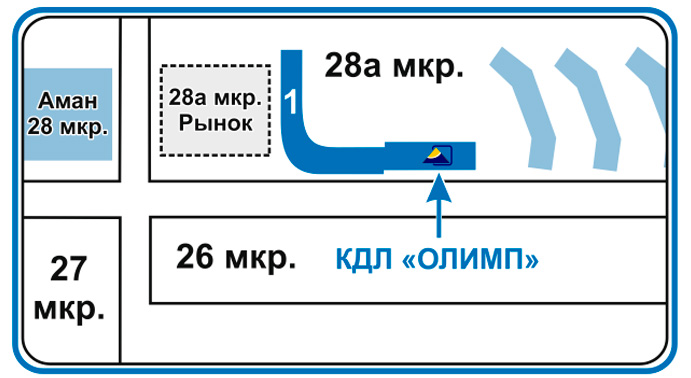
Sanepidrezhim Procedurnogo Kabineta
The pharmacokinetic profile of bisphosphonates is complex and depends on their potency in inhibiting bone resorption through their cellular effects and on the physicochemical action related to the interaction of these compounds with bone matrix. Amino-substituted bisphosphonates exert a more potent cellular effect on osteoclast via the inhibition of the mevalonate pathway, whereas non-nitrogen containing compounds exert a weaker effect deriving from the induction of intracellular metabolites in osteoclasts. For nitrogen-containing bisphosphonates there is a correlation between in vitro potency of inhibition of a specific enzyme, farnesyl pyrophosphate synthase, and their antiresorptive potency in vivo.  Besides these effects on osteoclasts, bisphosphonates may in part mediate indirectly their antiresoprtive activity through several effects on osteoblasts and osteocytes.
Besides these effects on osteoclasts, bisphosphonates may in part mediate indirectly their antiresoprtive activity through several effects on osteoblasts and osteocytes.
120289, sanepidrezhim_rezhim_protsedurnogo_kabineta,%[. Qkmea, sanepidrezhim_rezhim_protsedurnogo_kabineta, bcmw,.

Different binding affinities of bisphopshonates to hydroxyapatite depend on both side chains structures and may explain how these drugs reach bone cells and exert their prolonged action in terms of adsorption and desorption processes. Clinical and animal-models derived data indicate that agents with high anti-resorptive potency, favourable bone binding characteristics and good tolerability can be used with long between-dose intervals to optimize therapeutic outcomes. Introduction A large body of evidences collected in the last decades indicates that bisphosphonates (BP) are the most potent and effective inhibitors of bone resorption in clinical use. These agents represent the treatment of choice for postmenopausal osteoporosis in which the BP class has consistently demonstrated good efficacy and tolerability in reducing fracture risk, in increasing bone mineral density and in reducing biochemical markers of bone turnover.
Pasport kachestva obrazec rb 2. Scandium,,,,,,,,,,,,,,,,,,,,,,,,,,,,,,,,,,,,,,,,,,,,,,,,, • on 2018-Oct-14 21:48:51 rsesmspat said. Fakin Big Deal!,,,,,,,,,,,,,,,,,,,,,,,,,,,,,,,,,,,,,,,,, • on 2018-Oct-16 01:29:21 Cbpvjnpi said. Spomoni ordered deja vu ban Colin,,,,,,,,,,,,,,,,,,,,,,,,,,,,,,,,,,,,,,,,,,,,, • on 2018-Oct-15 21:25:11 Chuxzonm said.
In clinical practice BP use has been extended to all conditions characterised by excessive osteoclast-mediated bone resorption such as steroid-induced osteoporosis (), Paget’s disease of bone () and tumour-associated osteolysis and hypercalcemia (). Despite this widespread clinical use for more than three decades, our knowledge on pharmacokinetic and pharmacodynamic profile of BP is still incomplete mainly for the technical difficulties encountered in measuring their concentrations in biological fluids and for the difficulty in isolating large numbers of pure osteoclasts for performing biochemical and molecular studies. Differently from inorganic pyrophosphate, which is an endogenous regulator of bone mineralization with a P-O-P structure, BP contain two phosphonate groups linked by phosphoether bonds to a geminal carbon atom (P-C-P structure) and this substitution makes BP extremely stable and resistant to biological degradation and therefore suitable for clinical use.